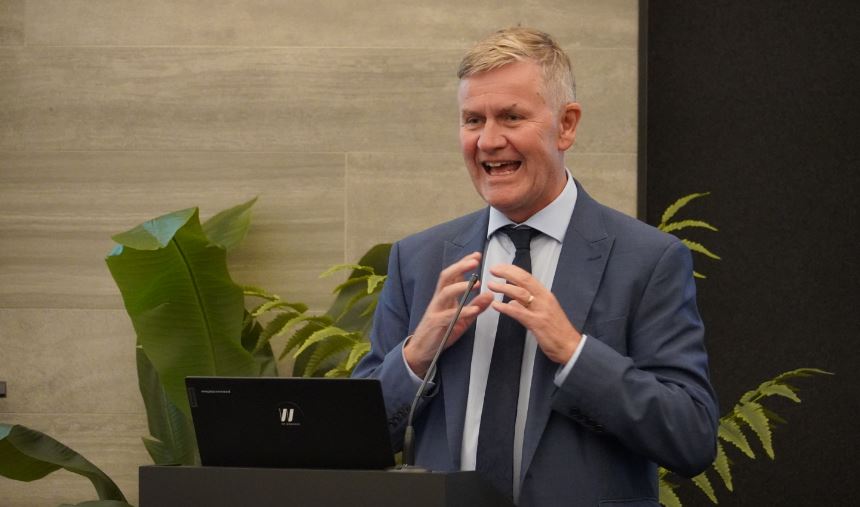The West is so jealous of China’s Belt and Road Initiative (BRI) according to Erik Solheim, co-chair of the Europe-Asia Center and former under-secretary-general of the United Nations.
On Tuesday and Wednesday, 151 countries, 41 international organizations and more than 10,000 delegates gathered in Beijing and attended the third Belt and Road Forum for International Cooperation in Beijing. This year, the BRI marks its 10th anniversary.
However, critics from the West have been skeptical of the BRI which they claim is an initiative to debt trap several countries that have signed agreements with China.
Chinese overseas projects and enterprises have faced repeated scrutiny and criticism, particularly from the Western media.
Erik Solheim, co-chair of the Europe-Asia Center and former under-secretary-general of the United Nations, said during the forum that debt trap criticism is “frankly pure and simple anti-Chinese propaganda, nothing more.”
Solheim noted that these accusations primarily revolve around a few key points, such as claims about a “debt trap,” harm to the environment and Chinese companies’ dominance in the projects.
“The criticism is not fair. The BRI is not a debt trap as some people claim. On the contrary, there is a lot more debt owed by developing countries to the West than to China,” Solheim told media.
African governments owe three times more debt to Western banks, asset managers and oil traders than to China, and are charged double the interest, according to research released in July 2022 by Debt Justice.
Just 12 percent of African governments’ external debt is owed to Chinese lenders compared to 35 percent owed to Western private lenders, the report stated, based on World Bank data.
As for the criticism of the BRI, Solheim said it will continue but will probably weaken, adding that the West should figure out a different approach rather than competing with China.
A lot of the criticism of the BRI has come from US sources and mainly from people who really want to detract from the BRI.
This is based on some kind of jealousy from the US as it struggles to compete with China.
But why not try to complement China instead, Solheim asked. “The US has not constructed 1 kilometer of high-speed rail in the American continent, while China has constructed about 4,000 kilometers in the last 15 years. So how likely is it that the US can compete with China in something they cannot do at home?”
Solheim made other suggestions, saying that investment in technology and the medical industry should be made available for developing countries in a completely new way.
Also, “students in Africa and Latin America would love to go to Harvard and Stanford. Why not open up for more students to come to American universities? This will complement rather than compete with the BRI,” he said.




















